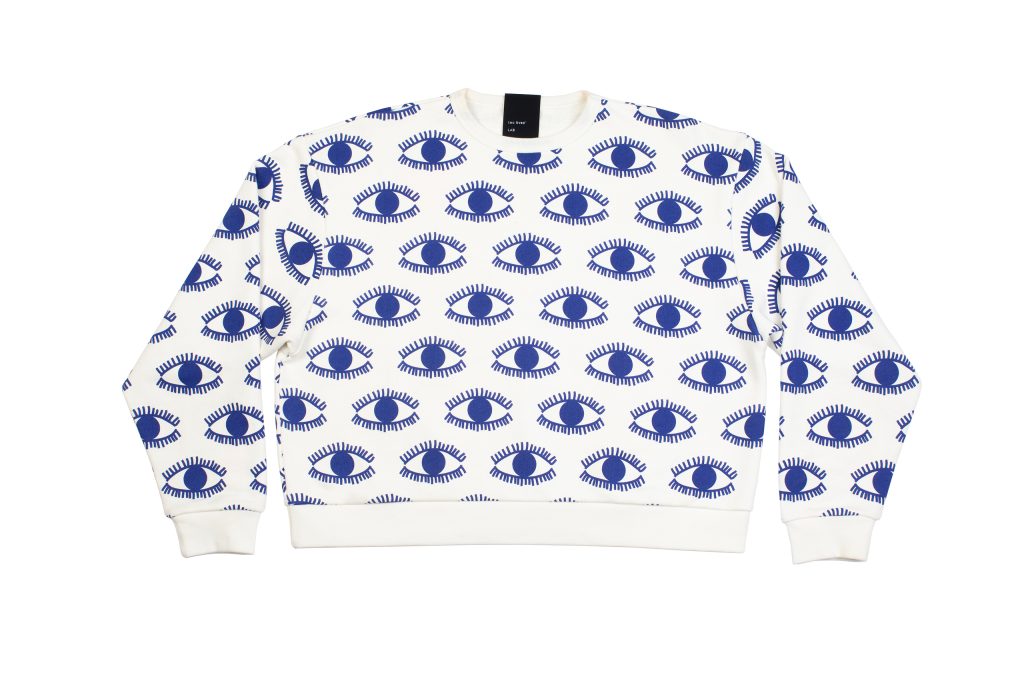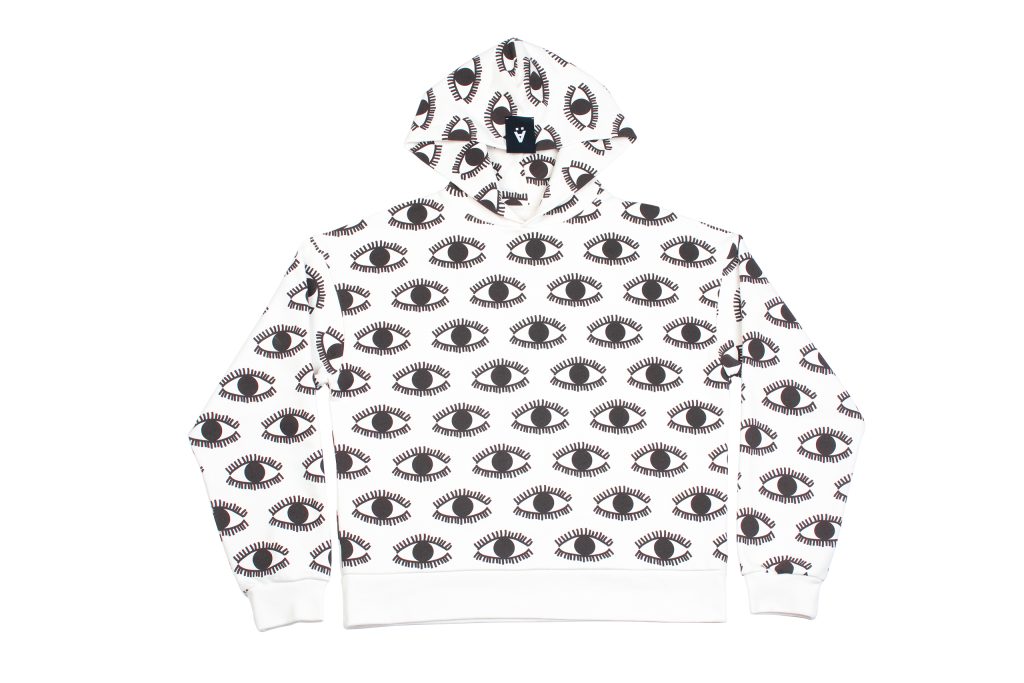LAB – where we experiment
Here we experiment with new processes and materials to create small capsule collections with the aim to solve one problem at a time. Projects are only launched when they are ready and do not adhere to seasons. LAB is a window into our way of working and a means of sharing our discoveries.
-
Waste
The fashion industry is the world’s second largest polluter creating vast amounts of waste. According to Fashion Revolution an estimated 92 million tons of textile waste is created annually, and every second the equivalent of one garbage truck of textiles is landfilled or burned globally. Textile waste is set to increase by around 60% between 2015 and 2030, with an additional 57 million tons of waste being generated annually, reaching an annual total of 148 million tons. Every season about 30% of the clothes produced are never sold.
-
Solution
Our mission is to give textile waste a second life. We reuse and upcycle leftovers, reprocess unsold stock and eliminate deadstock. Traditionally companies have a fixed idea of a design, colour, fabric and develop the product accordingly. We turn this process on its head and start with what is already available for example last season’s t-shirts or deadstock fabric, we then design a new product from that.
For our first LAB capsule collection we worked closely with our manufacturing partner Cunha & Ribeiro in Portugal. Each garment is made from leftover deadstock materials.
-
We rescued:
- 102.1m of loop back jersey in 100% cotton, 395gsm, off-white
- 85.2m of single jersey in 50% cotton 50% modal, 178gsm, ecru
- 28.3m of twill in 100% cotton, 170gsm, off-white
- 37.8m of twill in 100% viscose, 132gsm, off-white
After analysing the fabrics, we designed a small range consisting of shorts, t-shirts, sweatshirts and hoodies. Because the amount of deadstock available is finite, only a limited quantity of each garment is produced.
-
Repurposing discarded materials in this way saves water and energy and extends the lifespan of a material. Per t-shirt that’s approximately 2700 litres saved – this is the water that is used to grow the cotton and process the fabric. At Cunha & Ribeiro all garments are produced using renewable energy. Currently this is at 50% renewable energy from solar panels with the aim to increase this to 80% over the next three years.
-
EYEYEYE – what are you wearing?
In order to make this collection transparent all the information about the fabric and how to care for it is on the outside of the garment. We want you to think about the garments that you are wearing. What are they made of? Where were they made? Who made them? How should you care for them? What is their impact?
-
Looking after your garments will make them last longer. Washing at the lowest possible temperature helps you to cut CO2 emissions and save energy. Modern detergents are designed to work just as well at 30º.
- Wear me often
- Wash me seldom
-
Each garment has a QR code, which you can scan and easily retrieve all information.
This collection is a starting point for us to explore and improve our approaches to repurposing textile waste and turning it into a viable and scalable solution for the industry. We are also working on tools to enhance transparency and traceability.
Keep your eyes peeled for EYEYEYE 2.0
Please get in touch if you have any questions, suggestions or comments. We would love to hear from you!
-
This collection will only be available to buy at our Pop Up shop in London, 1–10 June 2023
53 Fashion Street, Shoreditch, London E1 6PX
Launch event: 1st June, 6pm-9pm
Opening times: 11am – 6pm
Pop in!





